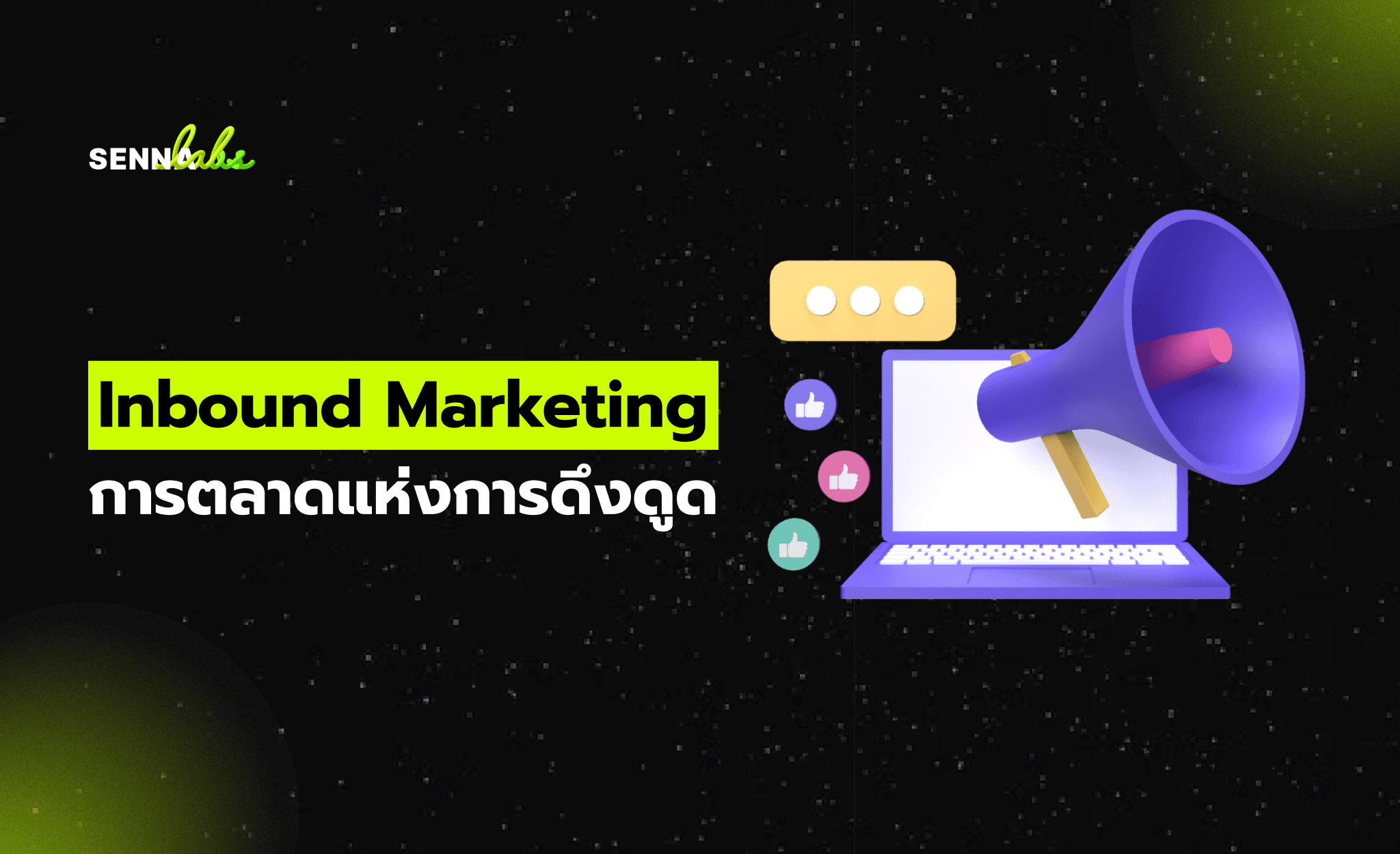How to Speed Up Your Website in Under 3 Seconds and Boost Sales

In today’s fast-paced digital world, speed is essential. A slow website doesn’t just frustrate users—it can cost you sales, damage your SEO rankings, and hurt your reputation. Research has shown that 53% of mobile visitors will abandon a site if it takes longer than 3 seconds to load, and every additional second of delay can result in a 7% decrease in conversions.
For businesses, particularly in e-commerce or service-based industries, having a website that loads quickly is no longer optional—it’s critical to user experience (UX), SEO performance, and sales conversions. Fortunately, there are many ways to optimize website performance, and you don’t have to completely redesign your site to achieve significant improvements.
In this article, we’ll explore why website speed matters, common causes of slow loading times, and actionable steps you can take to reduce load times to under 3 seconds. We’ll also dive into a real-world case study where a travel platform achieved a 28% increase in service bookings by reducing their page load time from 6 seconds to 2.3 seconds.

Why Speed Matters for Your Website
1. User Expectations Are Higher Than Ever
With the growing use of mobile devices and faster internet speeds, users expect websites to load instantly. If your website takes too long, they will leave and go to a competitor. A slow site leads to high bounce rates, lost conversions, and an overall poor user experience. On the flip side, fast-loading websites retain users, improve engagement, and increase sales.
2. Google’s Ranking Algorithm
Google has made page speed a ranking factor for both desktop and mobile searches. Mobile-first indexing now means that Google evaluates the mobile version of your website to determine rankings. Slow loading times can hurt your SEO, making it harder for users to find you in search results.
3. Higher Conversion Rates
A fast website can directly lead to higher conversion rates. Users who experience a fast and smooth browsing experience are more likely to complete purchases, fill out forms, and engage with content. For e-commerce sites, faster load times lead to fewer abandoned carts and higher revenue per visitor.
4. Mobile Optimization
As mobile traffic continues to grow, optimizing for mobile speed is crucial. Mobile users tend to have slower internet connections, and long loading times can lead to users abandoning your site before completing their purchase. A mobile-optimized, fast-loading website is key to increasing sales.
Common Causes of Slow Website Performance
1. Unoptimized Images
Images are one of the most common causes of slow load times. Large, high-resolution images take up a lot of bandwidth and can significantly slow down the page. This is especially noticeable on mobile, where data connections can be slower.
2. Too Many HTTP Requests
Each element on a webpage—such as images, scripts, and stylesheets—requires an HTTP request. Too many requests can slow down your website. For example, heavy or unoptimized resources like external fonts, JavaScript libraries, and images can add significant load time.
3. Excessive JavaScript and CSS
JavaScript and CSS files that are too large, contain redundant code, or are improperly ordered can delay page rendering. These large files block the browser from displaying content until they’ve been completely loaded.
4. No Caching
Without proper caching, the browser has to reload the same resources each time a user visits a page. Caching stores elements like images, CSS files, and JavaScript locally in the user's browser, speeding up the loading process on subsequent visits.
5. Inefficient Hosting
The speed of your web server is critical to load times. Shared hosting can slow down your site if it’s hosted on a server with too many other websites, while VPS or dedicated hosting often provide faster performance, especially during traffic surges.
How to Speed Up Your Website in Under 3 Seconds
1. Optimize Image Sizes
-
Compress images without losing quality using tools like TinyPNG or ImageOptim.
-
Convert images to modern formats like WebP, which offer better compression and quality than traditional formats (JPEG, PNG).
-
Use responsive images to serve smaller images on mobile and larger images on desktop.
2. Implement Lazy Loading
Lazy loading ensures that images and videos below the fold (out of view) are only loaded when the user scrolls to them. This reduces the initial page load time significantly and helps prioritize above-the-fold content.
3. Minify and Combine Files
-
Minify CSS, JavaScript, and HTML files to remove unnecessary spaces, comments, and characters.
-
Combine multiple CSS or JavaScript files into one to reduce the number of HTTP requests.
4. Use a Content Delivery Network (CDN)
A CDN distributes static content (images, CSS, JS) across multiple servers located in various regions. When a user visits your site, the CDN serves content from the nearest server, reducing load times and ensuring better performance for global visitors.
5. Leverage Browser Caching
Set up browser caching so that static files like images, CSS, and JavaScript are stored in the user’s browser. This allows subsequent visits to your website to load faster, as the browser doesn’t have to request the same files again.
6. Optimize Server Performance
-
Use a fast, reliable hosting provider to improve server response time.
-
Upgrade to dedicated hosting or a Virtual Private Server (VPS) if your site is receiving high traffic.
-
Ensure your server is configured to handle multiple requests efficiently.
Case Study: Travel Platform Reduces Load Time and Boosts Bookings
A travel platform that allowed users to book tours and activities had excellent traffic but faced challenges with slow load times, particularly on image-heavy destination pages. The average load time of these pages was around 6 seconds, which was too slow for mobile users, leading to high bounce rates and fewer bookings.
What They Did:
-
Switched large image files from JPEG to WebP format, reducing their size by 70% without sacrificing quality.
-
Implemented lazy loading for images and video content, so only visible elements were loaded initially.
-
Used a Content Delivery Network (CDN) to serve content from servers closest to users, especially for international customers.
-
Optimized server configurations and upgraded to a more powerful hosting plan.
The Results:
-
Page load time decreased from 6 seconds to 2.3 seconds on average.
-
28% increase in service bookings over the next month as users found the site easier to navigate and complete their bookings.
-
SEO performance improved, with the site ranking higher due to better Core Web Vitals scores and faster load times.
By focusing on image optimization, lazy loading, and CDN implementation, the platform successfully boosted both its user experience and sales.
Conclusion:
Website speed is no longer a "nice-to-have" feature—it’s a critical element for improving user experience, SEO rankings, and conversion rates. A slow website not only drives users away but also negatively impacts your site’s performance and revenue. By implementing image optimization, lazy loading, CDNs, and caching, you can reduce load times and boost sales without major redesigns.
As shown in the case study of the travel platform, a few simple changes to improve site speed can result in higher user engagement, increased bookings, and improved SEO rankings. Speed is a powerful tool, and in today’s competitive market, it can be the difference between a bounce and a conversion.


Subscribe to follow product news, latest in technology, solutions, and updates
Other articles for you



Let’s build digital products that are simply awesome !
We will get back to you within 24 hours!Go to contact us Please tell us your ideas.
Please tell us your ideas.







